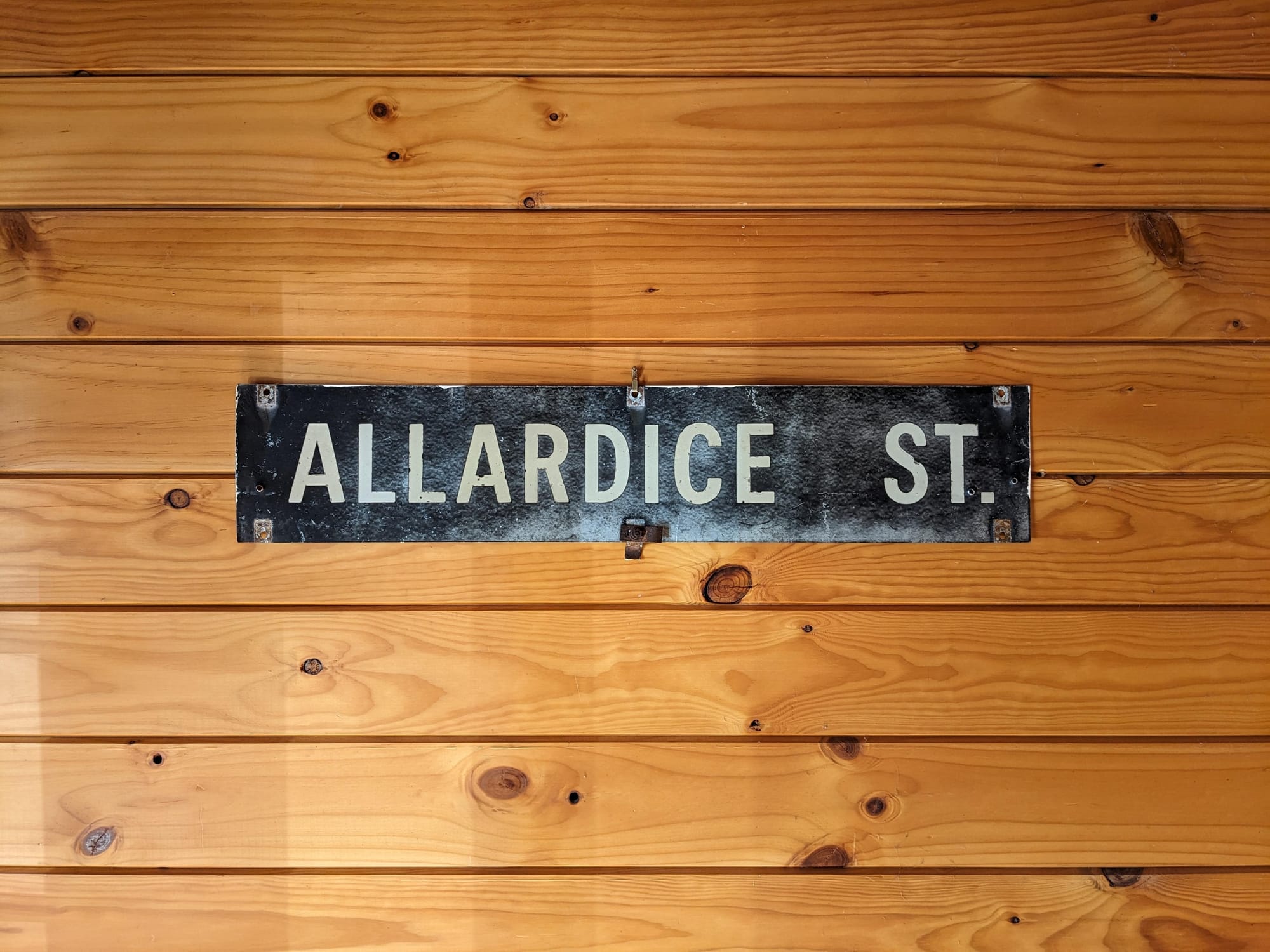#86 🍰 The most immaculate sense of OCCASION imaginable 🎂

Festival urchins
In 2001 it was difficult to make a whole pavlova in New York, my wife Vic tells me, because sourcing raw ingredients to bake something from scratch didn’t seem the norm. For example, in the name of convenience, baking cookies involved procuring a cold sausage of cookie dough from the supermarket, to squeeze out, chop into medallions and heat. Cornflour for the pavlova proved dastardly hard to find. Vic had to canvas every supermarket and health shop in the area.
Vic was staying with some adult guys she meet in an internet chatroom while she was a high school student in the nineties. This sounds like the intro to a true-crime doco, but Vic assures me they were nice guys. I doubt she told her parents the full story at the time. (Hi, Vic’s parents 👋 – I hope you’re enjoying the newsletter.)
Vic finally accomplished a meringue base, but was unable to whip the cream because of the language barrier. She beat that cream for a good half hour yet it refused to stiffen. Vic left the base on the bench and ventured to the supermarket once more, where she would learn that it was “heavy cream” she needed, something that in New Zealand we would just call “cream”.
When Vic returned with the heavy cream, her two housemates had hacked into the pavlova base and eaten half of it. Vic said that it wasn’t even finished, that it was missing the cream and fruit and chocolate flakes – its quintessence – but they just shrugged and said it was fine as it was. Each had wandered past the bench, spotted something that looked like food, and pushed it into their mouths without question.
This is how it goes sometimes. Someone tries to do something nice, and then the recipients of that kindness just blunder on and completely miss the point. There are people who possess an innate sense of occasion, and other people who act like wild animals, powerless in the face of their base desires.